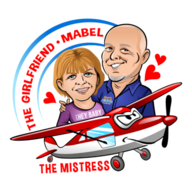-
Posts
6,674 -
Joined
-
Last visited
-
Days Won
101

Kyle Communications replied to Geoff_H's topic in Aircraft Incidents and Accidents

Kyle Communications replied to Blueadventures's topic in Engines and Props

Kyle Communications replied to Kyle Communications's topic in AUS/NZ General Discussion

Kyle Communications replied to Kyle Communications's topic in AUS/NZ General Discussion

Kyle Communications replied to eightyknots's topic in Engines and Props

Kyle Communications replied to Kyle Communications's topic in AUS/NZ General Discussion

Kyle Communications replied to Kyle Communications's topic in AUS/NZ General Discussion

Kyle Communications replied to BirdDog's topic in Aircraft Incidents and Accidents

Kyle Communications replied to Kyle Communications's topic in Savannah

Kyle Communications commented on horsefeathers's classified in Aircraft Parts

Kyle Communications replied to Kyle Communications's topic in Savannah

Kyle Communications replied to Christin's topic in Aircraft Building and Design Discussion

Kyle Communications replied to Christin's topic in Aircraft Building and Design Discussion

Kyle Communications replied to Christin's topic in Aircraft Building and Design Discussion

